What's the difference between cold coffee and iced coffee? what do you mean by cold coffee?

In recent years, cold-extracted coffee and iced coffee have been deeply loved by coffee consumers! Especially in summer, the ice drop / cold extracted coffee in the coffee shop can become the "king of the king" of the iced coffee in the coffee shop! One is that it has the taste of iced hand-brewed coffee / iced American coffee, and the other is that it takes a long time to make, and many of them are limited every day. Although it takes a long time to make, it is not difficult to make two kinds of coffee. In this article, Qianjie Coffee will teach you how to make ice drop / cold extract coffee at home.
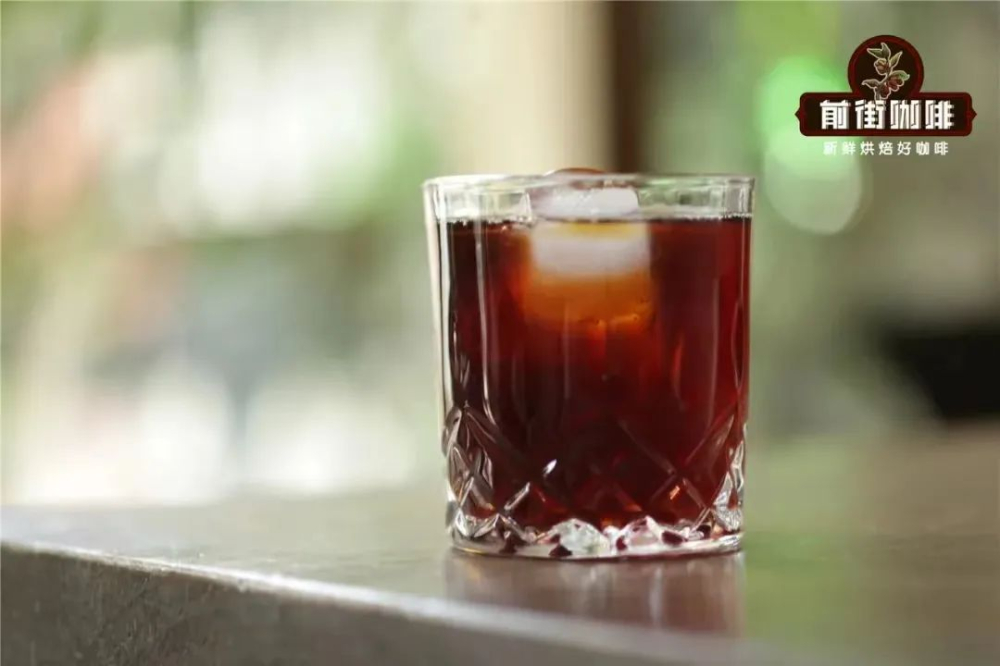
Although they are all iced coffee, they have a very different extraction principle from hand-brewed coffee / American coffee. Hand-brewed coffee / American coffee usually uses high-temperature hot water to quickly extract soluble substances from coffee particles. This method of extraction has an unfriendly disadvantage, that is, it is easy to extract the bitter taste of coffee, in case the water temperature / injection size / grinding degree is not well controlled, the extraction time is long, the coffee will not drink so balanced and clean.
Low-temperature extraction can solve this problem, so it is difficult to release the bitter substances in coffee at low temperatures, because only the sweet and sour substances in coffee can be extracted. The disadvantage is that there is no heat to drive the movement of water molecules, so the extraction time of coffee often takes 6-12 hours. So having a drink is really exhausting.
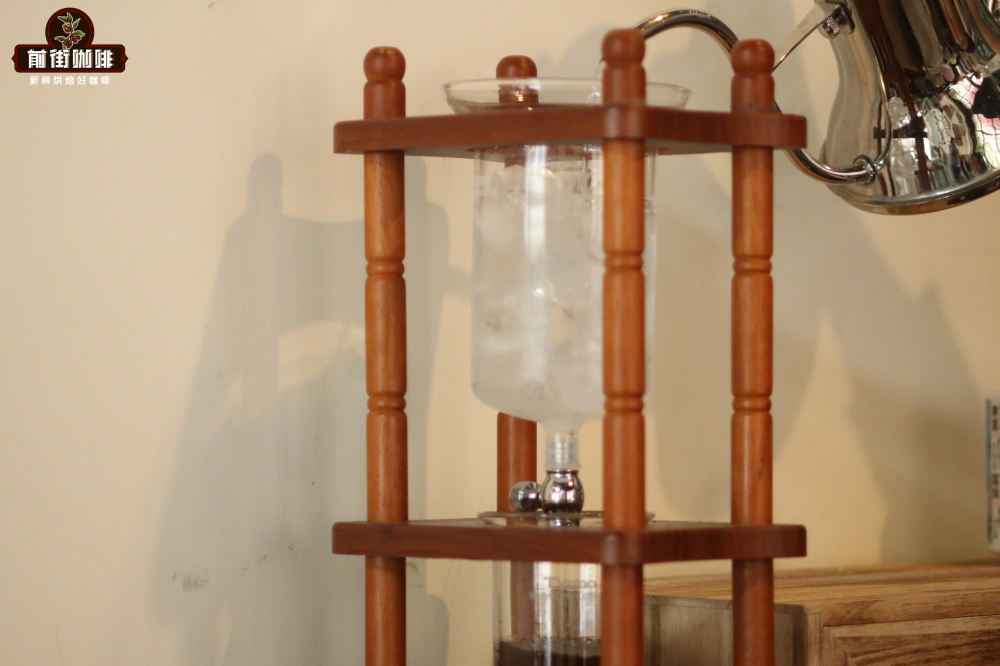
However, delicious food often takes time to "cook", so it's worth the wait! Then why is the same low-temperature extraction, but divided into cold-extracted coffee and ice-drop coffee? The reason is that the former is to soak and extract the flavor of the coffee, and the tools used in the production only need a clean container that can be sealed, while the latter is to extract the flavor of the coffee by dripping rate, and a special coffee kettle is needed to make it.
Ice drop coffee uses a mixture of ice water below 5 degrees C. after the ice melts naturally, the speed at which the ice water drips into the coffee powder is controlled through the valve. The ice water drops in the coffee powder slowly dissolves the coffee flavor and leaks the extract liquid bit by bit. The complete extraction time is about 6-8 hours. In order to get a better taste, then need 8-12 hours of cold fermentation time.
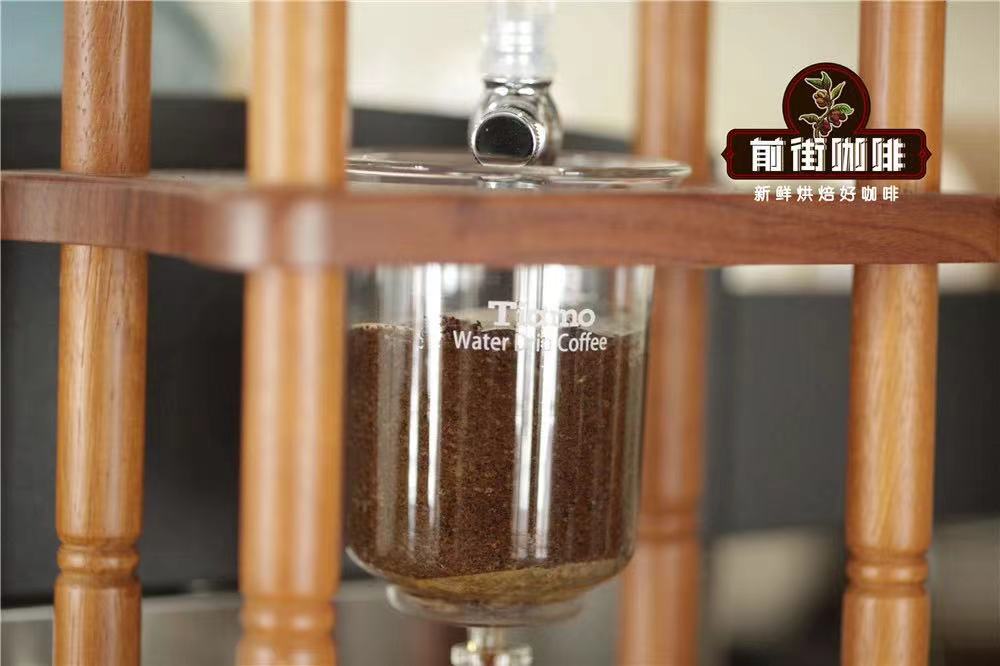
Cold extracted coffee and cold brewed tea have the same principle. In the same extraction process, the coffee beans are ground, injected with cold water, soaked in low temperature for at least 12 hours, and the coffee bean powder is filtered out before drinking. Because it is soaked and extracted, there is no need for cold fermentation after filtration.
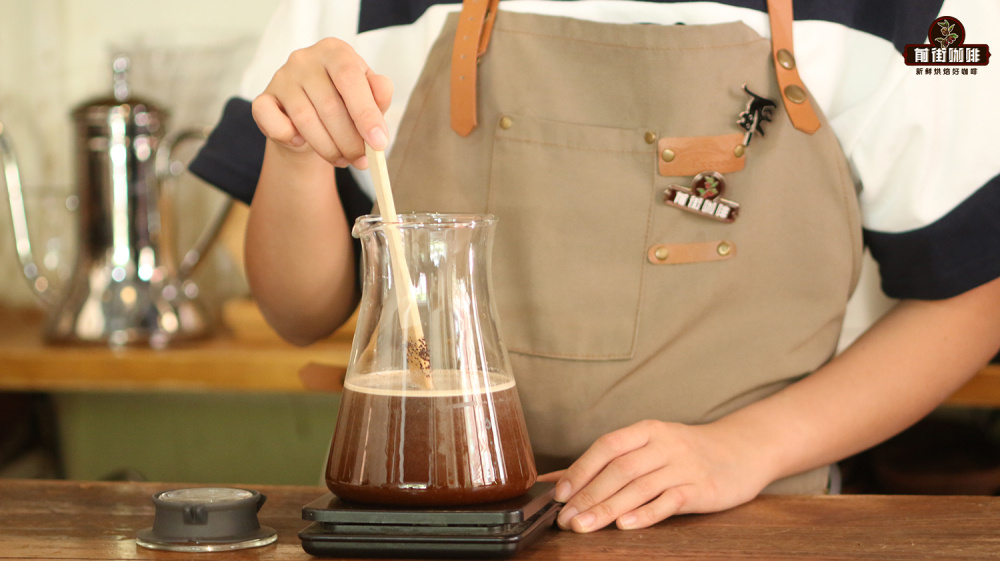
Two kinds of coffee extracted at low temperature, the flavor of ice drop coffee will be richer and the overall level will be more delicate. On the other hand, the taste of cold coffee will be fuller, and both kinds of coffee have their own charm. So if you don't want a friend who doesn't want too much trouble at home, you can try cold coffee; if conditions permit, you can buy an ice drop pot to make ice drop coffee.
How to make cold-extracted coffee: Qianjie recommends using 1:13 powder-water ratio to make cold-extracted coffee, grind the coffee into a sugar-like thickness, then add 1g powder to 13g water into ice water, then stir, so that the coffee powder can be soaked in water. Then seal the container, put it in the refrigerator for 8-12 hours, filter out the coffee grounds and drink.
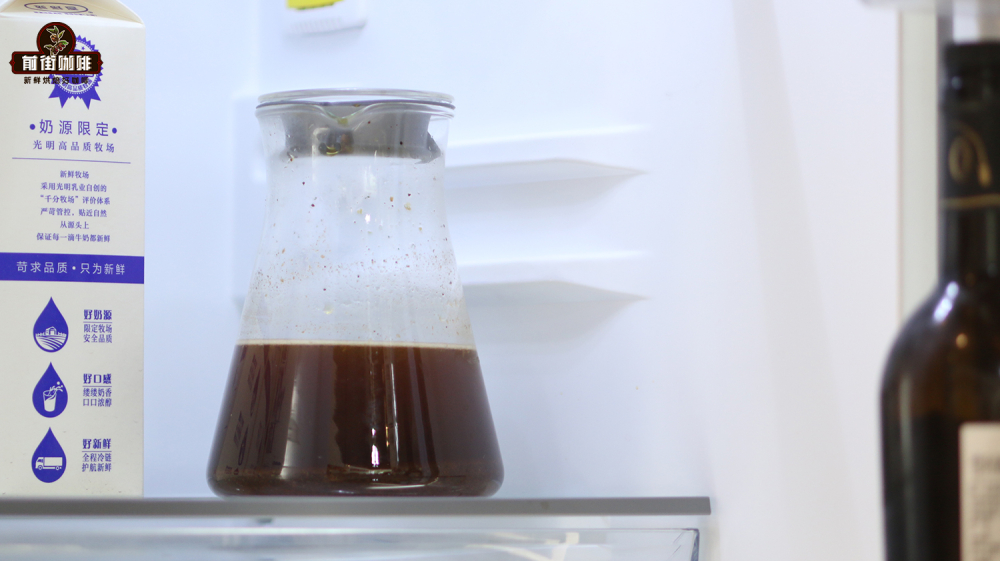
Ice drop coffee production method: Qianjie coffee is also recommended to use 1:13, but the powder ratio, that is, 1g powder filter out 10g coffee liquid. Grind the coffee into a sugar-like thickness and put it into a container filled with coffee powder in an ice drop kettle, then shake the surface of the powder layer and cover it with circular filter paper of the right size to ensure that the water droplets are evenly distributed when they fall on the surface of the coffee powder layer without having to gather in the middle.
Then the kettle is used to make an ice-water mixture at the ratio of 1:1. If you can adjust the speed of water-saving dripping, you can adjust it to a speed of 7 drops in 10 seconds. After filtering out the right proportion of coffee liquid, put it in a clean, oil-free and sealed container and refrigerate and ferment for 8-12 hours before tasting.
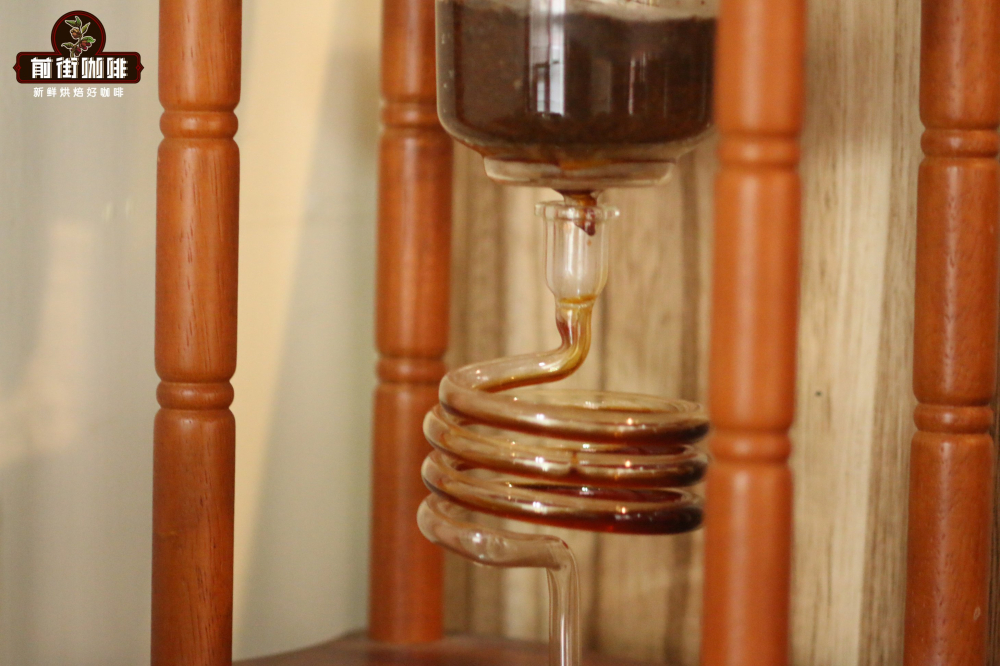
Why should ice drop coffee be refrigerated and fermented? In fact, this step is not so much called fermentation as an oxidation process. Just like coffee beans that have just been roasted, about 2% of the weight is carbon dioxide, and this large amount of carbon dioxide emits carbon dioxide with the storage environment, equipment, or method, making the pressure in the package higher than an atmospheric pressure. the pressure helps to integrate aromatic substances with oils, making all the aromatic substances inside the coffee beans easy to extract.
Professional coffee knowledge exchange more coffee bean information please follow the coffee workshop (Wechat official account cafe_style)
For more boutique coffee beans, please add private Qianjie coffee on Wechat. WeChat account: qjcoffeex
Important Notice :
前街咖啡 FrontStreet Coffee has moved to new addredd:
FrontStreet Coffee Address: 315,Donghua East Road,GuangZhou
Tel:020 38364473
- Prev

What kind of coffee is there? is coffee really that important? coffee tree species?
Professional coffee knowledge exchange more coffee bean information Please follow the coffee workshop (Wechat official account cafe_style) Coffee varieties are important? The importance of the coffee variety depends on your role: coffee farmer, barista, bean baker, consumer. If you are a consumer, you may wonder why we need to know this information. It's just another on the coffee package.
- Next
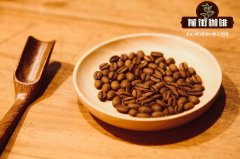
Introduction of Costa Rican Coffee producing area grading of Costa Rican coffee beans
Costa Rica, located in the Central American isthmus, the coffee beans produced at high latitudes are famous in the world, full-bodied, mild in taste, but extremely sour. The coffee beans here have been carefully processed, which is why there is high-quality coffee. Costa Rica, located in the south of SanJos, the capital of Talasu, is one of the most important coffee growers in the country. Goss.
Related
- Beginners will see the "Coffee pull flower" guide!
- What is the difference between ice blog purified milk and ordinary milk coffee?
- Why is the Philippines the largest producer of crops in Liberia?
- For coffee extraction, should the fine powder be retained?
- How does extracted espresso fill pressed powder? How much strength does it take to press the powder?
- How to make jasmine cold extract coffee? Is the jasmine + latte good?
- Will this little toy really make the coffee taste better? How does Lily Drip affect coffee extraction?
- Will the action of slapping the filter cup also affect coffee extraction?
- What's the difference between powder-to-water ratio and powder-to-liquid ratio?
- What is the Ethiopian local species? What does it have to do with Heirloom native species?

